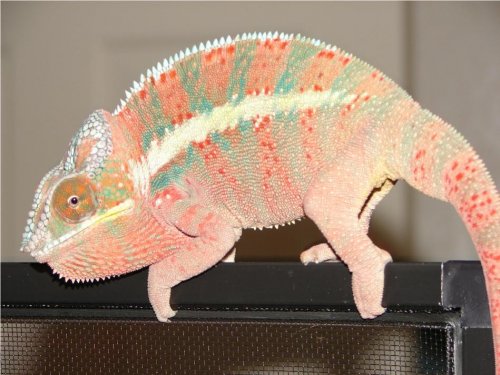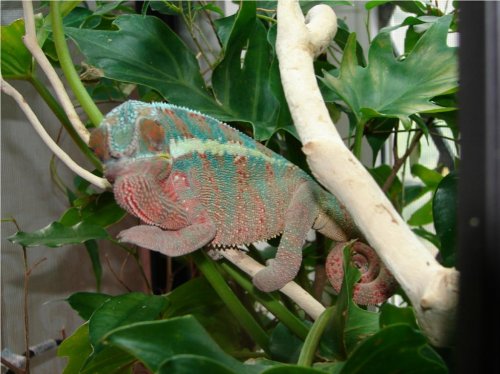Texas Panther Man
New Member
Im going with Ambilobe. Or possibly Ankaramy. Second guessing myself. lol
Follow along with the video below to see how to install our site as a web app on your home screen.
Note: This feature may not be available in some browsers.


I see a lot of people thinking Ankaramy, but my experience is Ankaramy is a color that takes quite long to kick in. A male panther takes about a year or more to get his full colours, as these animals are quite young, I don't think you can say much about it yet..
While the full coloration does take well over a year to develop I have found pink or rose colors coming out on the baby Ankaramy at a very early age. It makes them look like they are "blushing". My babies did this as young as Kent's little babes. Having had the opportunity to have them in person and watch the progress of coloration I feel pretty confident that there is some Ankaramy blood in these little beauties. Kieran, the Ankaramy cross pictured in this thread, looked Ankaramy as a baby with pinks and rose colors. The blue coloration came in much later.
From my experience, the female looks to be a furcifer pardalis.